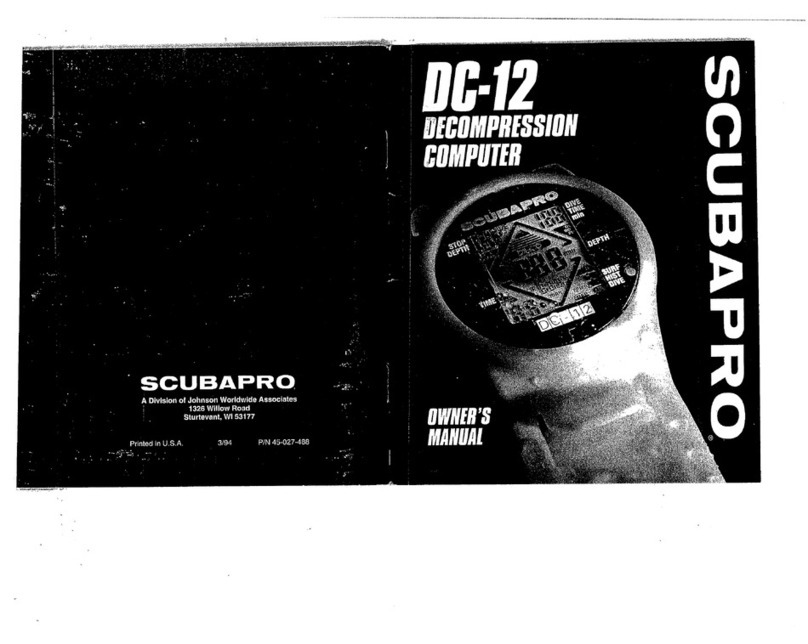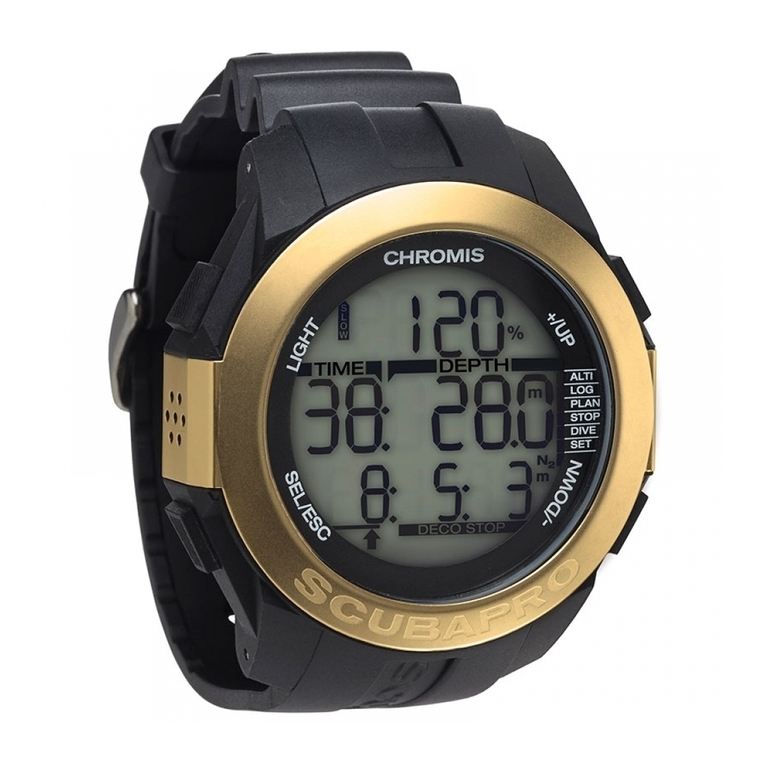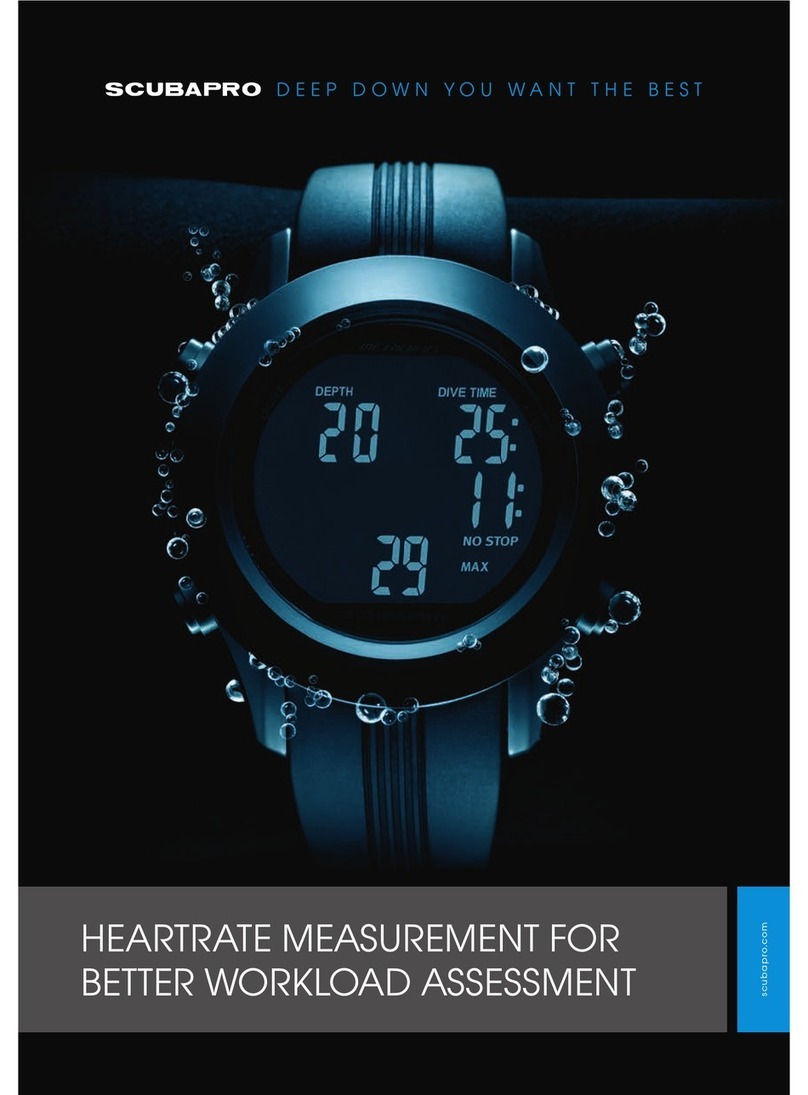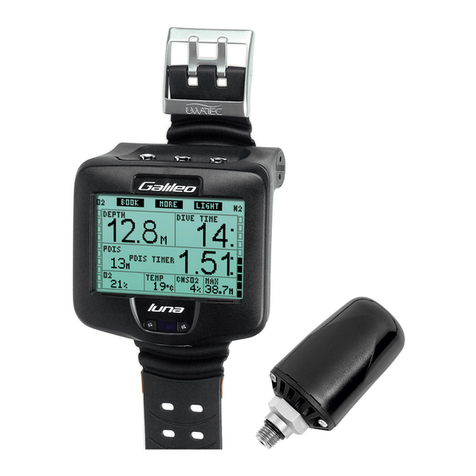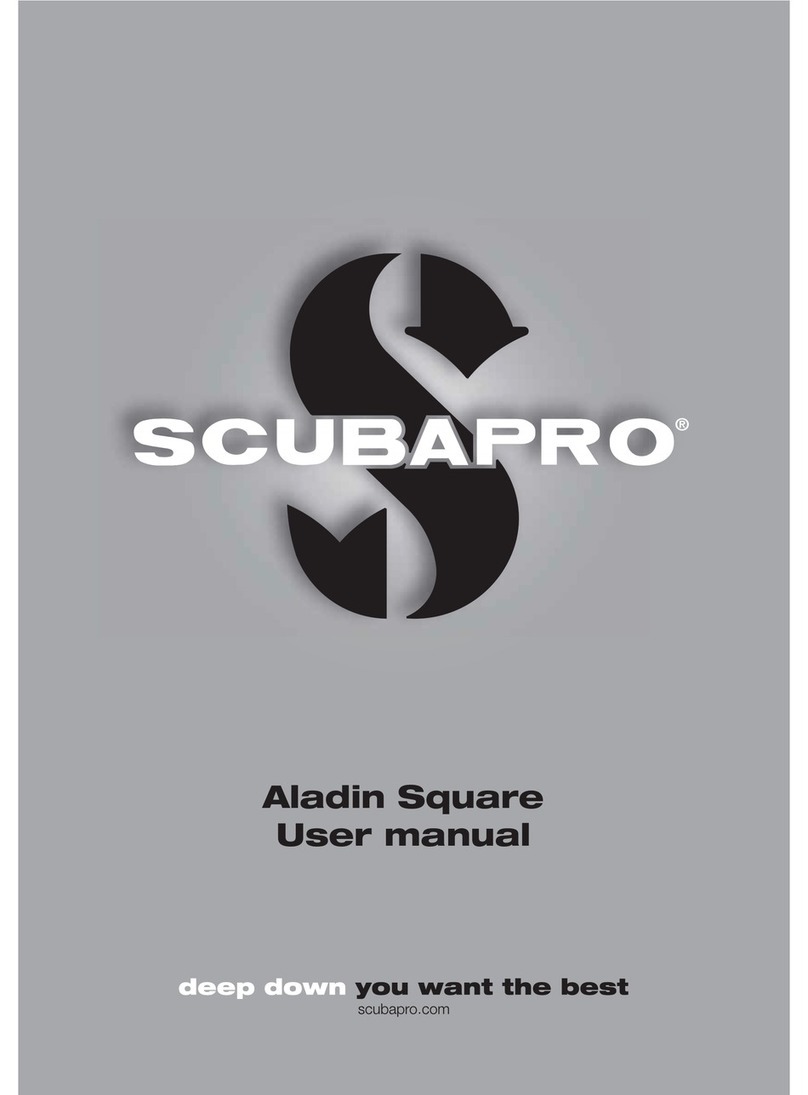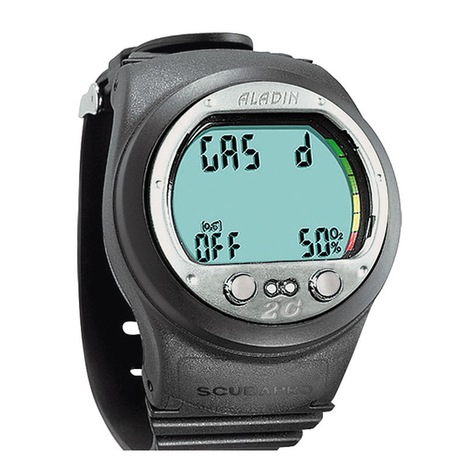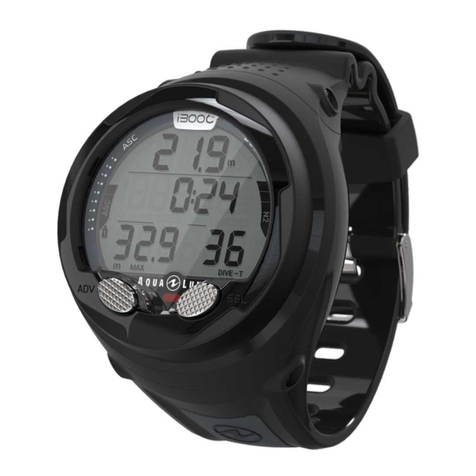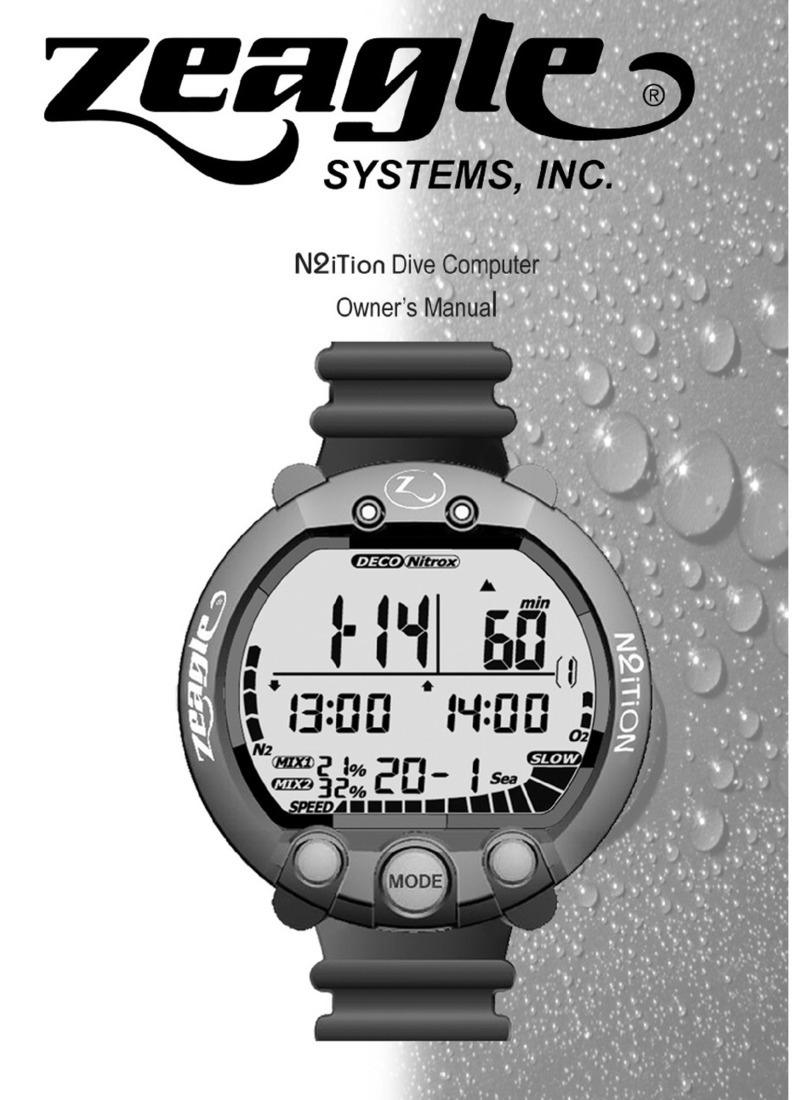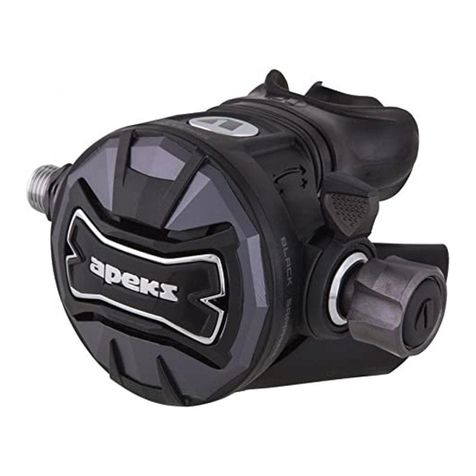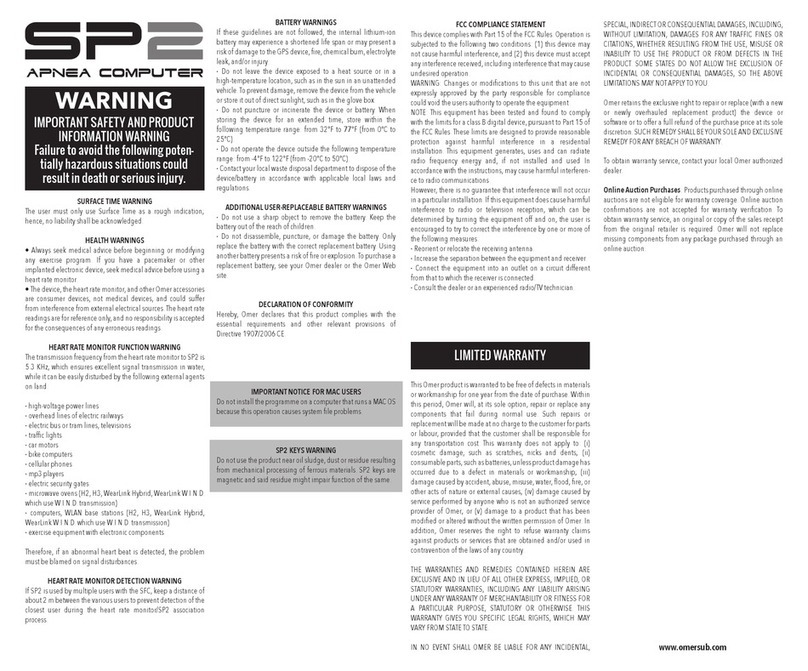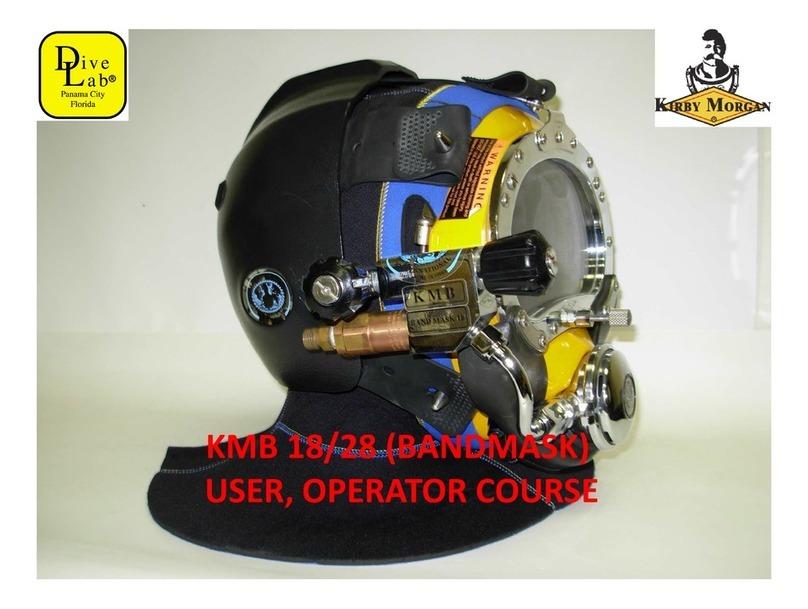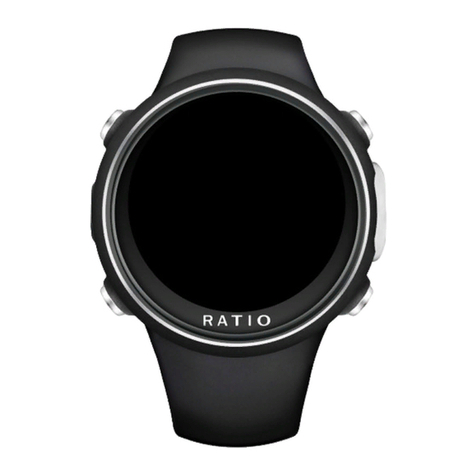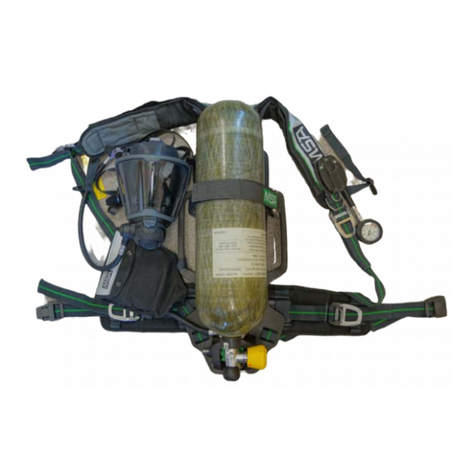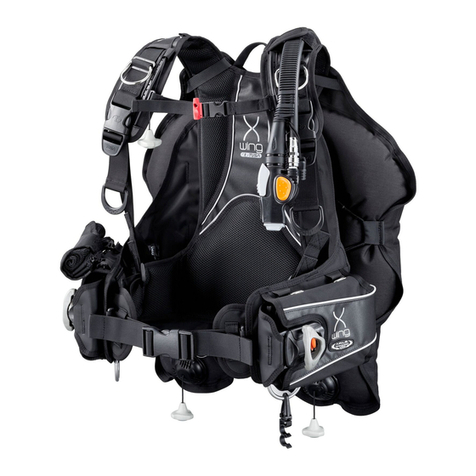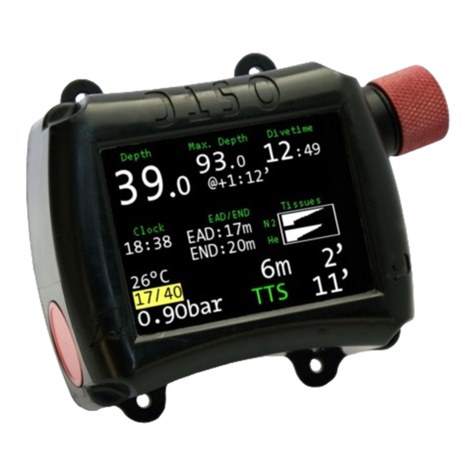
MK 11 rev 1.1 2006 4 / 4
ASSEMBLY
After careful inspection of the cleaned parts and the static o rings that do not need re-
placement, prepare all the parts that need to be changed at every annual service.
a. the filter 01.028.109
b. the filter retaining clip ( only for INT version) 01.073.101
c. the HP seat 10.117.103
d. the poppet balancing o ring 01.050.117
e. the balance chamber o ring 01.050.145
f. or the repair kit for MK 17 10.117.040
1. For the INT version: insert the filter in the yoke retainer and then fit the filter retainer
with the filter retainer tool. Fit the o ring 01.050.138 in its cavity. Slightly grease the
threads of the yoke retainer and the o ring before inserting in the yoke and the sad-
dle.
Firmly hold the 1st stage body with the field handle tool screwed in a HP port and
fixed in a vice. Place the socket on the yoke retaining screw, and the socket exten-
sion on the torque wrench.
Adjust the torque wrench to 30 Newton meter and tighten. Never use a torque
exceeding 30 Newton meter.
For the DIN version, assemble the o ring 01.050.138 in its cavity; slightly grease the
threads and the o ring before inserting in the DIN wheel. Place the wheel retaining o-
ring and the saddle. Only use the 6 mm socket extension for tightening
Adjust the torque wrench to 30 Newton meter and tighten. Never use a torque
exceeding 30 Newton meter.
Now place the conical filter upside down (the tip of the filter facing the tank valve),
then the spring, slightly grease the threads before screwing the filter retainer with a 4
mm allen key to 4 Newton meter torque. Insert the “tank" o ring
WARNING: The use of a torque wrench is highly recommended, if unavailable,
for a torque of 30 Newton meter, screw hand tight, then use a wrench and
tighten 1/8 of a turn!!! An excess torque can lead to a permanent deformation
or even a rupture of the parts.
2. Place the o ring on the HP orifice and insert this assembly inside the body of the 1st
stage taking care to guide its way in with the MK16 tool. Press the orifice slightly
down in the chamber with the tool.
3. Slightly grease the bushing, the o-ring and centring washer and place the 3 parts in-
side the balance chamber.
4. Slightly grease the 2 o-rings and thread of the balance chamber and place the 2 o
rings on the balance chamber.
5. Slide the spacer and guide on the HP-poppet. Slightly grease the shaft of the HP-
poppet before inserting the spring.
